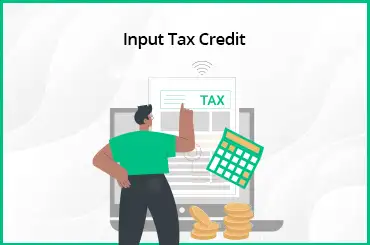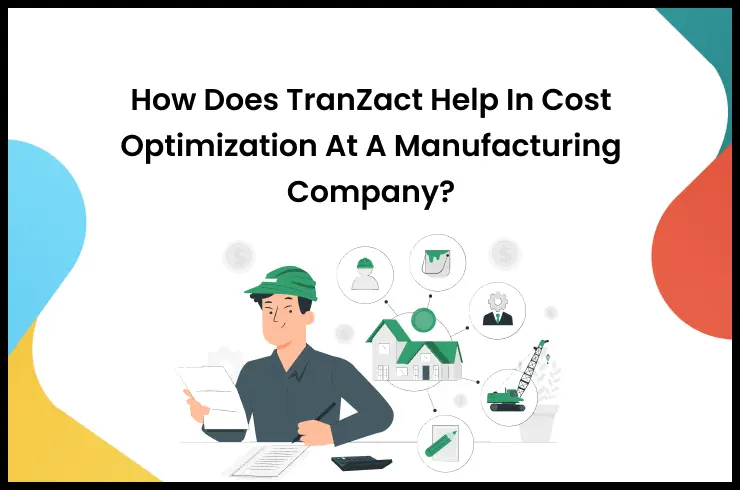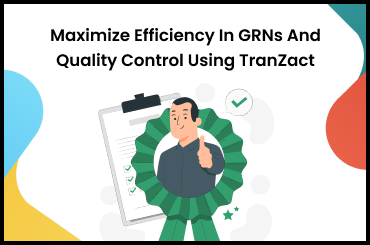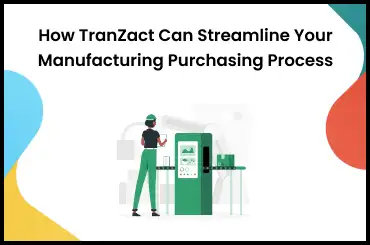The purchase order process has developed as a crucial determinant for business development and improvement. A slow or unreliable order process hampers the business. On the other hand, an accurate, efficient, and reliable purchase order system allows businesses to save up their resources and time and maintain consistency.
Here is a guide on the purchase order (PO) process that can enable business managers to standardize PO workflows.
What Is the Purchase Order Process?
A purchase order process, popularly called the PO process, is a standardized set of procedures that a business follows to request and obtain the goods or services it needs to run its operations. It also involves the processes required to manage its accounts responsibly for the purchased goods and services.
There are various manual and cloud-based PO solutions available to assist companies in tracking and managing purchase orders effortlessly. Businesses leverage multiple purchase order process steps involved to develop, maintain, and cater to user business needs with the help of this process.
PO processes include details like the date, PO receipt or reference number, payments, costs of goods, description, the number, and more. It offers an edge to the management to access relevant additional details like delivery instructions, costs, regulations, terms of service, and the date of order for future access with safety features like end-to-end encryption.
Purchase Order Process Flow
The purchase order process flow expedites the product order cycle, fosters better communication, and reduces financial loss or risks. PO processes include a variety of inputs and elements to ensure a reliable process:
Purchase order creation
The primary step is to develop a product order creation of the type of goods to be purchased, the priority level of the item, the number of goods required, the person responsible for approval, and ideal vendors.
Multiple requests for quotation to desirable vendors
Create formal paperwork detailing the budget, eligibility, specifications, detailed statements, and required documentation. Make sure that the quotation complies with the company regulations and policies.
PO dispatch to vendors
Once the company departments are satisfied with the paperwork, send it to the eligible vendors via email or mail. The company receives the vendors' bids or offers for the POs. Choose the vendor that complies with the requirements, price, facilities, and support services.
Negotiate and create a binding contract
Select the desirable vendor and send the contact to them. The contract must include the necessary deadline, terms, and conditions, details of the item to be purchased, and other details. Once the vendors are satisfied with the terms, they will agree.
Receive goods and services
The vendor will manufacture and deliver the goods with an invoice by the estimated delivery date. Check the condition and quality, and ensure that the goods match the expectations. Inform the vendor of any inconsistencies if they exist.
Check invoice or three-way matching
The purchasing company matches the received goods' with the PO processed and the invoice provided by the vendor. Ensure that the core details match and that the modifications are accurate.
Purchase order closure
Once, the quality of the product is verified by the team, complete and close the PO processing activity.
Example:
The human resource manager decides to find the right supplier for planners. They create a Request for Quote (RFQ) and add specifications such as paper quality, pattern, and thickness. The selected vendor receives the PO from the company. Planners are delivered and the accounts manager checks the PO and invoice from the supplier and closes the PO once satisfied.
Importance of Implementing Purchase Order Process
A well-maintained and reliable PO system is crucial for a company. The importance and benefits of purchase order process implementation are as follows -
Budgeting
POs account for the number of purchases with the quantity and other details. These details are helpful for the finance department to maintain forecasts, business trends, and adequate budgets. It enhances the company's value and assists them in making informed financial decisions.
Accountability
A reliable and consistent purchase order processing system streamlines the overall cash flow. It enhances the financial accountability for the goods purchased by the company and develops it into an asset for banks, legal sectors, and auditors. It also aids better financial decisions by the company departments.
Resolution of Disputes and Concerns
The legal contract between the company and the vendor protects them from any inconsistencies. It defines crucial details like terms and conditions, responsibilities, guarantees, and warranty. The guidelines are stated properly, making it easier to handle any legal or other disputes without hampering the company.
Order Management and Procurement
A robust PO process tackles multiple unique orders at once, provides real-time updates, and optimizes the entire process. Some of the activities conducted by the company include inventory management, production control, shipping, and delivery, and timely updates.
Challenges in Manual Purchase Order Process
Manual purchase order often causes inefficacies, is tedious to tackle, and is inefficient over time. It requires an enormous amount of paperwork that must be stored effectively for approval and to ensure that they are not lost. Losing them can further diminish the overall production process reliability and can be daunting.
The challenges with manual purchase orders are discussed below -
- They lack visibility of multiple records at once.
- They may increase the expenses incurred on the maintenance of POs.
- They are prone to human error and can create inconsistencies in records.
- It is a slow process and can be tiring.
- The company has to store and organize multiple pieces of paperwork.
- Difficulty in finding a specific record without an online system.
- It requires trained and vigilant individuals to carry out the process.
- The company may face various blockage errors and bottlenecks throughout the process.
Best Practices for Optimizing Purchase Order Process
The purchase order process optimizes the production process and avoids issues like lack of budgeting, generation of waste, and overspending, and reduces burnouts. It also aids the relationship between the company and the supplier to ensure that the company's needs are met. It is a great practice for achieving short-term and long-term goals.
The best practices to maintain and execute the purchase order process are described as follows:
Establish goals and work towards them
It is vital to define the goals and expectations and outline the details for the purchase order process. Use proper measures to maintain budgeting and delivery time, and find trustworthy suppliers to ensure that the products are up to the mark.
Use updated technology
Combine the PO with production process management software or system to streamline the multiple involved processes and receive real-time updates on a single platform. A software will also help you to understand how to process a purchase order and simplify the steps involved in it.
Develop written terms and conditions for everyone involved in the process
Written records allow communication to flow better and assist business owners in sharing their views and requirements without errors. Some of the key details in the guidelines must include every step involved in the process, the approvals required for the product, internal and external reviewers, along with product quality measures.
Create a list of reliable vendors
Such a list is helpful to ensure that the company can find a reliable vendor who has the required experience in the field. Access the vendors carefully and choose the most desirable one. It eliminates trust issues and builds a lasting relationship between vendors and the company.
Review the purchase order process timely
Business purchase processes must be reviewed timely to find the areas that may need modifications or needs to be omitted. Create a visual outline of each step, check the possibilities of errors and bottlenecks, and check the necessary approvals and modifications throughout the process. Keep an eye on the vendor's performance and the stakeholders involved in the production process.
Maintain budget allowance
Budgeting ensures that the important areas are prioritized and automatically implemented by other departments in the company and the vendors. It avoids miscommunication, invalidates the least important areas, and allocates the necessary resources to crucial areas.
Advantages of Purchase Order System
PO processes enhance the overall efforts added by the company and offer fruitful results. Using a dedicated software or system saves time and money and maintains and eases the production process manifolds. Spreadsheets, graphs, and emails are other ways to manage the purchase order process.
Here are the advantages of employing a purchase order system:
Increased Transparency
A dedicated PO management and tracking system defines the requirements and simplifies the production process by defining the quantity, approval, and product quality requirements of the purchases.
Better Control
It provides control of the budget, product requirements, and proper resource allocation for goods. It simplifies the audit trail and allows stakeholders to share details comprehensively.
Centralized Location for Data
PO systems collaborate the details in a central location and ease purchase order management. Companies can check the reports and performance records and develop visual graphs to track the PO orders at once.
Reduction in Redundancy
Purchase order systems can automate and tackle multiple tasks at once and support companies to avoid human errors. It also allows them to divert their attention to other weak areas.
Streamline Your Purchase Order Process With TranZact
Purchase order processing via online or cloud-based software can evolve the overall business operations. TranZact provides dedicated solutions to manage purchase operations for your business on a single dashboard. This ensures that your procurement operations are on the right track without compromising the quality of finished goods!
FAQs on Purchase Order Process
1. Why do companies use purchase orders?
Purchase orders (PO) help companies maintain control over their purchasing process by establishing a standardized, documented process for purchasing goods and services. They use POs to ensure that the goods or services ordered match the company's requirements, specifications, and agreed-upon terms.
2. What should a purchase order include?
Make sure that the purchase order includes key details like price, quantity, payment due date, purchase order (PO) number, and business contact details.
















